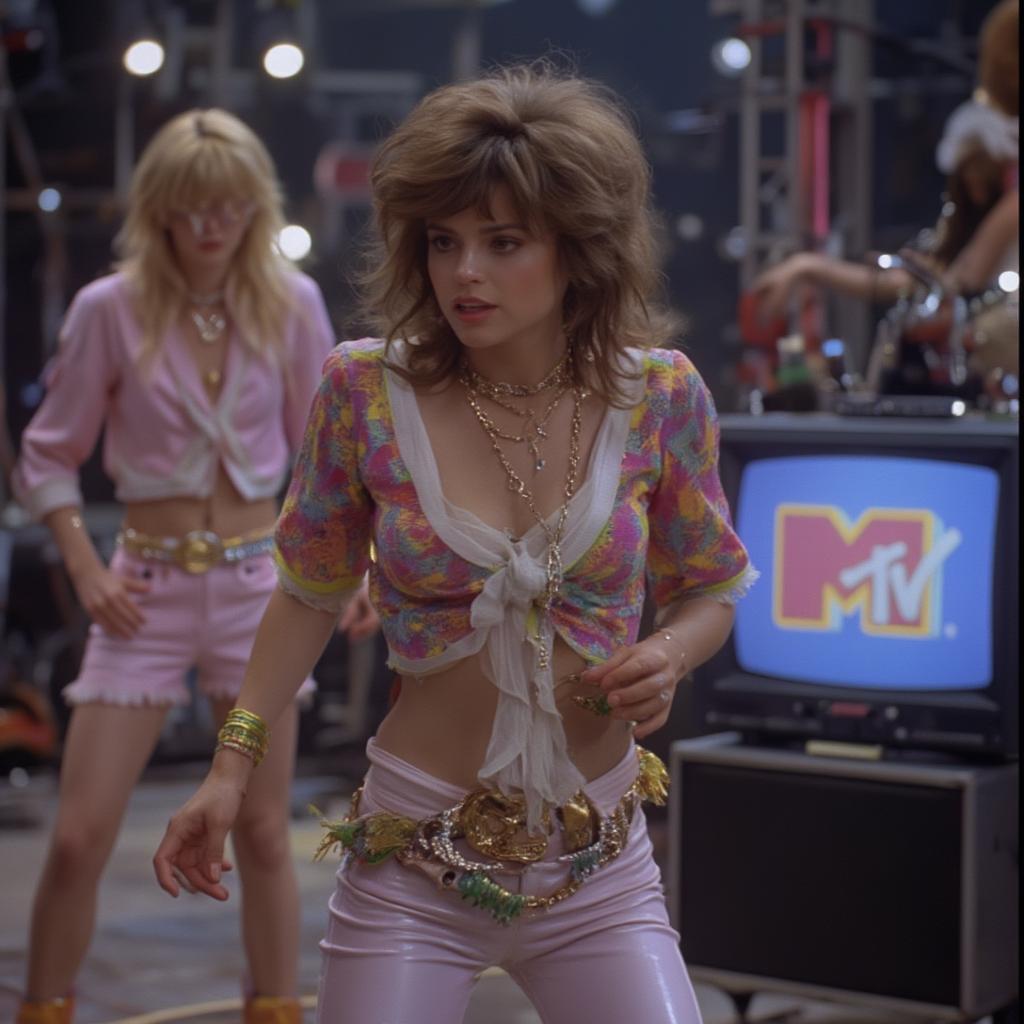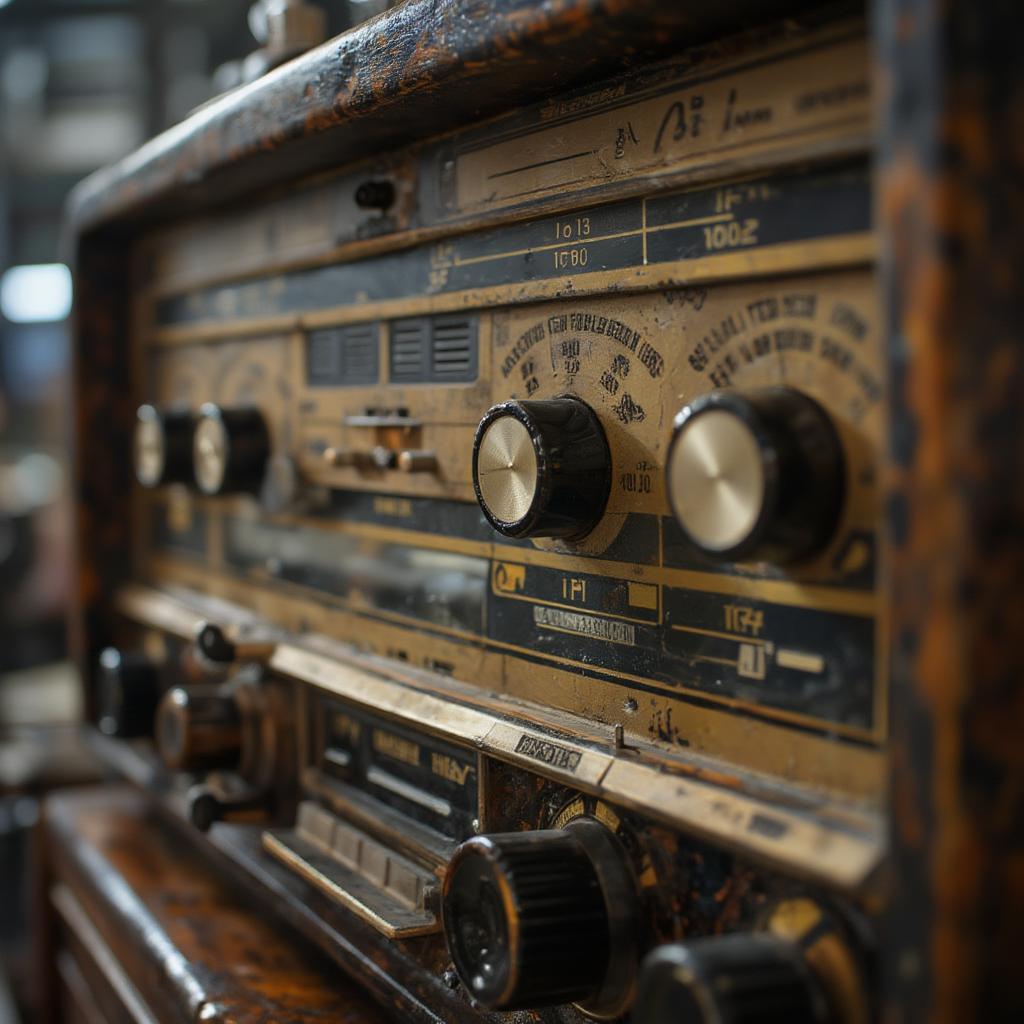Country Music’s Golden Age: Exploring the 60s, 70s, and 80s

The twang of a guitar, the heartfelt lyrics – country music from the 60s, 70s, and 80s holds a special place in many hearts. This era wasn’t just about catchy tunes; it was a period of immense growth, change, and the creation of some of the most iconic songs and artists the genre has ever seen. Let’s take a journey back and explore why these decades are considered a golden age for country music.
The Sound of Change: Country Music in the 1960s
The 1960s was a period of social upheaval, and this also had a profound impact on country music. The Nashville sound, characterized by its smooth production and pop-infused melodies, rose to prominence. Artists like Patsy Cline with her timeless classic, “Crazy”, epitomized this shift. But the 60s weren’t just about smooth sounds; there was a growing counter-movement, a yearning for the traditional sounds of the genre.
Honky Tonk Heroes and Outlaw Rebels
While some embraced the Nashville sound, a new breed of artists started to emerge, sticking closer to their roots. Honky-tonk heroes like George Jones, with his emotionally raw vocals, and Merle Haggard, chronicling the lives of the working class, provided a grittier alternative. This paved the way for what would soon become known as “Outlaw Country,” an influential subgenre that would reach its full form in the next decade. These artists weren’t afraid to tackle tough subjects and their authentic sound resonated with a growing audience, eager for something more real and raw than the polished pop-country that was dominating the radio. The influence of honky-tonk on the future sounds cannot be overstated. For many, the raw emotion was far more relatable, and the songs often reflected the everyday struggles and triumphs of their audience.
The Rise of Female Voices
Patsy Cline wasn’t the only female force. The 60s saw the rise of incredible female artists like Loretta Lynn, who wasn’t afraid to sing about her life, love, and hardships, establishing a relatable and honest voice for female country listeners. She brought a raw honesty to her music. In a time when many women were still finding their voice, Lynn spoke openly about life, love, and marriage. This made her particularly appealing to many women who hadn’t seen themselves represented so honestly in country music before. To further emphasize the point, as said by Dr. Eleanor Vance, music historian: “The impact of these female artists on the country scene during the 60’s goes beyond just their singing capabilities; they shattered expectations and carved pathways for future generations”.
The 1970s: The Outlaw Era and Beyond
The 1970s witnessed a full-fledged revolution in country music, fueled by the Outlaw movement. Artists like Willie Nelson and Waylon Jennings, tired of the Nashville system, took control of their music and pushed the boundaries of the genre. They infused country with rock and blues elements, creating a sound that was raw, rebellious, and undeniably their own.
Outlaw Country: Defying Convention
Outlaw Country was more than just a sound; it was an attitude. It was about taking risks, challenging the status quo, and creating music that was honest and unfiltered. Jennings’ album “Honky Tonk Heroes” is an example of an album that fully encompasses the sound. The outlaw movement also saw a resurgence of songwriting talent with artists like Kris Kristofferson, weaving captivating stories into his songs. The outlaw image, with its long hair and rough edges, also resonated with many young people who felt out of sync with the mainstream. Their authenticity and rebellious spirit connected them with a large and very loyal fan base. As Marcus Thorne, a longtime country music journalist once stated: “The Outlaw Country movement of the 70s was crucial in expanding the genre’s creative boundaries; it made country music far more interesting.”
The Continued Evolution of Female Artists
Female artists in the 70’s continued to push boundaries and established themselves as powerhouses in the genre. Dolly Parton’s crossover success into pop did not take away from her country roots. In addition to her vocal prowess and charismatic stage presence, she was also a gifted songwriter. She was also very much in control of her image and artistic direction, which at the time, was not always the case for many female artists in country music. Emmylou Harris brought a more sophisticated and softer sound to country, whilst maintaining a connection to the genre’s roots. She was a brilliant interpreter of songs, who brought new nuances and emotions to every tune she touched. dolly parton country music icon The decade cemented the influence and staying power of female artists in country music and their influence would be felt for years to come.
The 1980s: Crossover and New Traditionalism
The 1980s brought a new wave of changes to country music. The crossover appeal of artists like Kenny Rogers and Alabama brought the genre to new audiences. This decade also saw a resurgence of interest in traditional country sounds, often referred to as the ‘new traditionalism’ movement.
Pop Crossover and Stadium Country
The 80s saw country music reach unprecedented levels of mainstream popularity with the rise of crossover artists. The likes of Kenny Rogers with “The Gambler” and Alabama with their string of hit records brought the sound of country to millions. Artists were playing arenas and the genre was reaching audiences beyond its traditional base. Some older fans were conflicted by this, but the new generation embraced the popular, radio-friendly songs and they became synonymous with the era.
The New Traditionalists Return
At the same time, a reaction to the pop-country crossover began to take shape. A new generation of artists like George Strait, Ricky Skaggs, and Randy Travis started to revitalize the traditional honky-tonk sound. They brought a back-to-basics approach and with their twangy sounds and heartfelt lyrics, they appealed to a new wave of traditional fans. They drew inspiration from earlier country heroes, but brought their own contemporary twists to the genre. This movement demonstrated the enduring power of country’s roots. It emphasized the storytelling nature of the genre and helped solidify the idea that even as country music evolved, its roots in tradition would not be forgotten. “The contrast between the mainstream crossover and the traditionalist movement of the 80’s made the decade incredibly interesting and diverse,” noted renowned music critic, Dr. Arthur Hayes.
Internal Linking and External Connections
The sound of country music is ever evolving but the genre maintains its classic influences. If you’re a fan of classic sounds then maybe you might enjoy this look into the 50s rock and roll music. It was an era that laid the foundation for many genre’s that followed. Similarly to the country music of this era the golden oldies music provides an insight into the sound of past times. It’s important to also remember how the genre evolved and even the sounds and lyrical content of list of songs written by bob dylan influenced a range of genres. The influence of these classic sounds can still be heard today, so if you want to take a trip back to an important era, you might enjoy this article on christmas music youtube oldies. Understanding the sounds of the past will help further an appreciation for country music as a whole, and how many artists were influenced by other genres such as bruce springsteen and chuck berry.
Conclusion
The country music scene of the 60s, 70s, and 80s was a dynamic period characterized by a series of transformative events. From the polished Nashville sound to the raw honesty of Outlaw Country and the pop crossover of the 80s, these decades were a rollercoaster ride for the genre. The era saw the birth of iconic songs and the rise of legendary artists, and the sounds from this period remain as relevant and influential today. Whether you enjoy the raw emotion of George Jones or the pop-friendly sounds of Kenny Rogers, the country music of the 60s, 70s, and 80s is a treasure trove of music for all to enjoy. It stands as a testament to the power of music to capture a specific moment in time.
Frequently Asked Questions
What is Outlaw Country?
Outlaw Country was a subgenre of country music that emerged in the 1970s, characterized by its rebellious attitude, raw sound, and willingness to push the boundaries of traditional country music. Artists like Willie Nelson and Waylon Jennings were at the forefront of this movement.
Who were some of the most influential female artists of the era?
Patsy Cline, Loretta Lynn, Dolly Parton, and Emmylou Harris are some of the most influential female artists from the 60s, 70s, and 80s. They broke down barriers, wrote meaningful songs, and paved the way for future generations of female country singers.
What was the Nashville Sound?
The Nashville Sound was a smooth, pop-infused style of country music that became popular in the 1960s. It was characterized by its polished production, string arrangements, and background vocals, and it was considered a more mainstream alternative to traditional country music.
Why is this era considered a golden age for country music?
This period was a golden age due to the immense creativity, diversity, and growth within the genre. It saw the emergence of several subgenres, the breaking down of conventions, and the rise of iconic artists whose music is still enjoyed and celebrated today.
What is new traditionalism in country music?
New Traditionalism was a movement in the 1980s that saw a return to the sounds of traditional honky-tonk and classic country music. Artists like George Strait and Randy Travis were at the forefront of this movement.
How did the crossover phenomenon of the 80s impact country music?
The crossover phenomenon in the 80s brought country music to a much broader audience. Artists like Kenny Rogers and Alabama reached mainstream success, expanding the genre’s reach and bringing the sound of country to millions of new fans.
What are some key differences between country music in the 60s, 70s and 80s?
The 60s saw the rise of the polished Nashville sound alongside traditional honky-tonk. The 70s was the era of the Outlaw movement and its raw and rebellious attitude. The 80s experienced a pop crossover alongside a resurgence of traditional country sounds.




